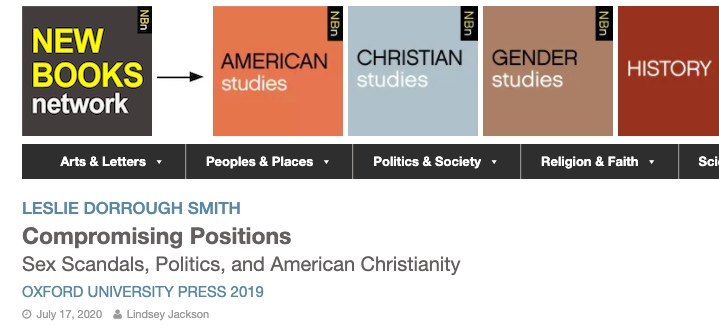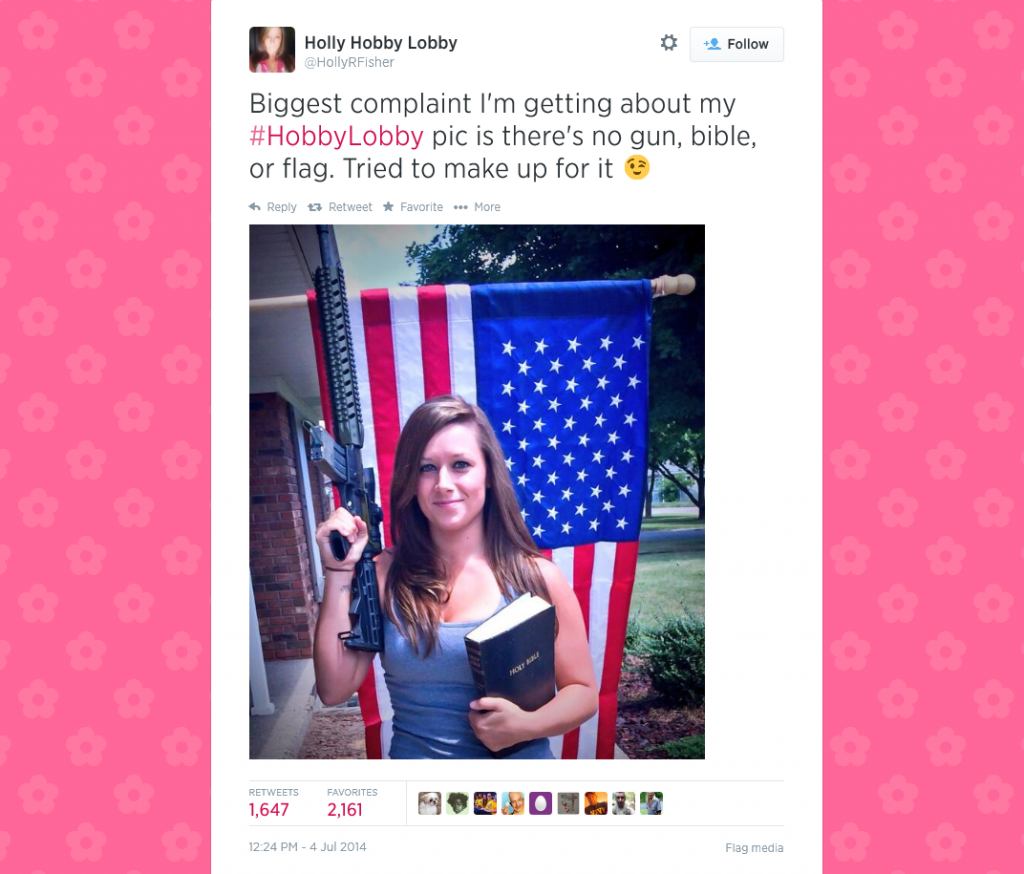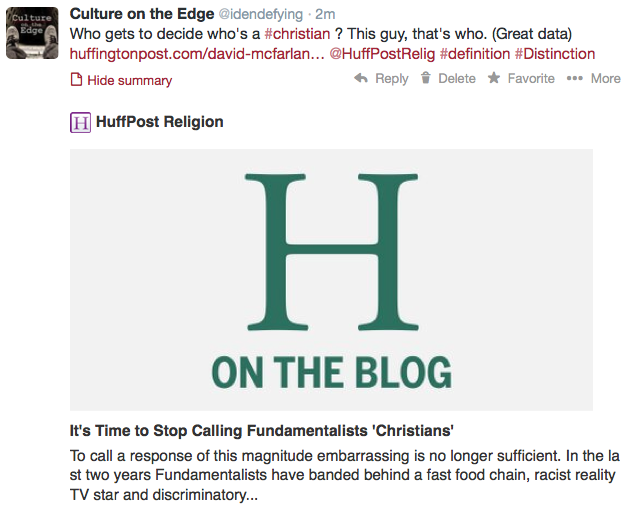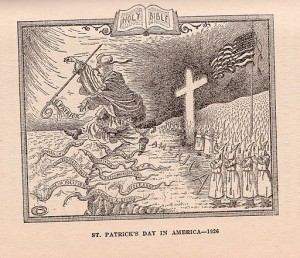
Steven Ramey’s post originally appeared on the Huffington Post Friday and is republished here.
“Christians Decline Sharply as Share of Population” is a big headline of the Pew “America’s Changing Religious Landscape” report published this week, but the data in the survey tells us more about changing ways that people respond to surveyors. Therefore, the consternation and celebration of commentators may be overstated. Both the Washington Post, which emphasized that decline of Christianity and the growth of “secular” attitudes, and the Times of India, which celebrated the increase in Hindus as Christians declined in the U.S., may be overstating the significance of the results. In contrast, the Atlantic argued against the narrative of rising secularism, asserting that the U.S. is still a predominately Christian nation and still religious, with over 70 percent of the population identifying as Christian and 44 percent of those who identified as unaffiliated asserting that religion is very or somewhat important to them. These differing assertions miss the strategic nature of identifications and the limits on what a survey can measure.
The Atlantic article emphasized the increasing number of individuals leaving the religions in which they were raised, suggesting that people are “choosing their own beliefs.” While the language of choice and freedom fits with the U.S. national identification as a land of freedom, people are not simply free to choose any religious identification that they want. The IRS and federal courts still determine what counts as a religion and thus receives tax benefits and legal protections/limitations. Efforts to claim that a strip club is a church to circumvent the rejection of their permit application and that smoking marijuana is a religious practice have been met often with skepticism. On a personal level, many perceive pressure from family and peers that can influence how they identify.
The limitations on choice are also apparent in the survey itself. The initial Pew question specifies general groups, “Are you Protestant, Roman Catholic, Mormon,
Orthodox such as Greek or Russian Orthodox, Jewish, Muslim, Buddhist, Hindu, atheist, agnostic, something else, or nothing in particular?” Overall, less than two percent of those surveyed responded with “something else.” When few vary outside of those eight broad groups and three unaffiliated categories, the limited nature of choice is apparent. Within the confines of the survey, respondents also are limited to one religion, even though some in the United States and other parts of the world identify with two or more religions, such as an Episcopalian who also identifies as Zen Buddhist. Moreover, when responses were not specific enough, such as a specific denomination for Protestants, surveyors assigned those vague denominational responses to set Protestant categories “based on their race and/or their response to a question that asked whether they would describe themselves as a ‘born-again or evangelical Christian.'” Survey respondents had to fit into the specific methodology of the survey itself and the assumptions behind it.
From the IRS to those who produce surveys, these constraints on religious identifications are typical of any identification. You can identify however you want, but if others (family, peers, employer, government) do not recognize that identification, your assertion (like a vague survey response) is not very productive. All of this highlights how any identification, including religious affiliation, is strategic, as people respond according to how they want others to perceive them and what identification best produces that perception. The strategic nature of any identification provides a different, partial explanation for the Pew survey results. The changes over time in the numbers claiming a religious affiliation should be seen as, first and foremost, a change in perception of what affiliation is socially acceptable and useful. Such a change, then, may be less about shifts in practice and belief than social perception and pressure. (Self-reports about practice or belief are also strategic and may not capture significant change in thought or practice.) Despite the media articles that the Pew report generates, the data tells us very little beyond changes in how people are willing to present themselves to anonymous surveyors. That change is itself an interesting development, but its implications are much more difficult to define than a simple reference to growth or decline of differing groups.
Photo credit: Boarded up church in Warm Springs by McD22 via Flickr (CC-BY-2.0)


 1. When people ask what you study, what do you tell them?
1. When people ask what you study, what do you tell them?
 “A war against Christianity,” a friend on Facebook asserted, as he pointed to examples in the United States and around the world. The shooting at Umpqua Community College recently and the various occasions when ISIS has executed people identified as Christians provided prime examples. Others making similar claims point to shifts in US policy, including the removal of the Ten Commandments from schools and courthouses, restrictions on official prayer at public schools, and movements to remove “God” from the Pledge and US money.
“A war against Christianity,” a friend on Facebook asserted, as he pointed to examples in the United States and around the world. The shooting at Umpqua Community College recently and the various occasions when ISIS has executed people identified as Christians provided prime examples. Others making similar claims point to shifts in US policy, including the removal of the Ten Commandments from schools and courthouses, restrictions on official prayer at public schools, and movements to remove “God” from the Pledge and US money. 

 Great data — read the
Great data — read the  Good
Good 
 I caught
I caught